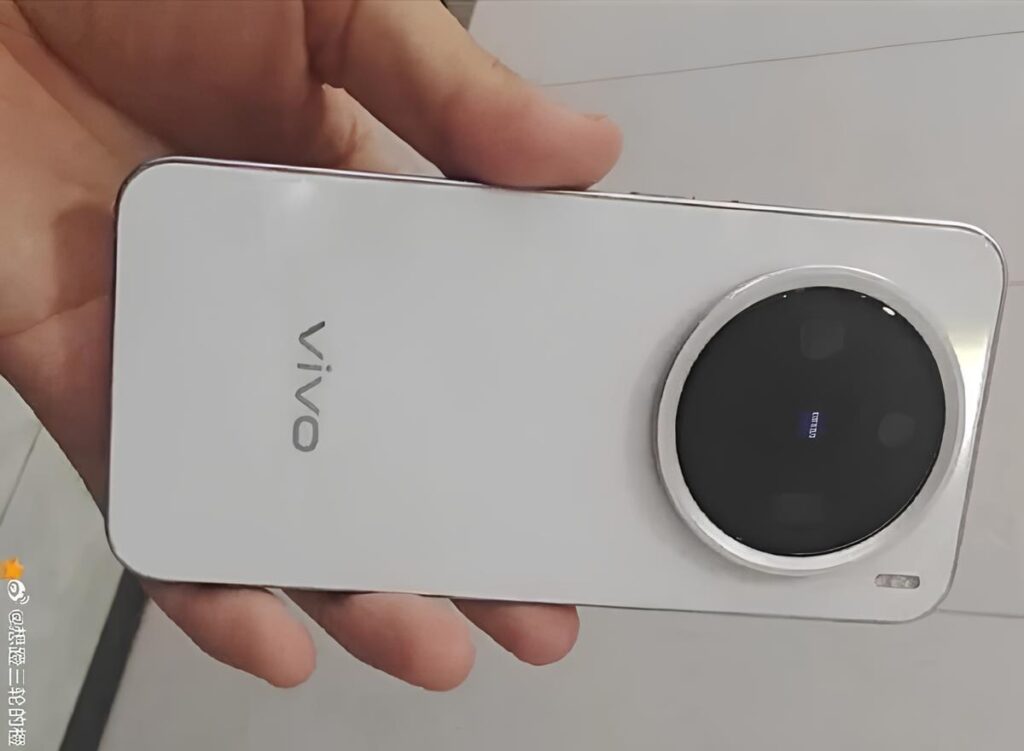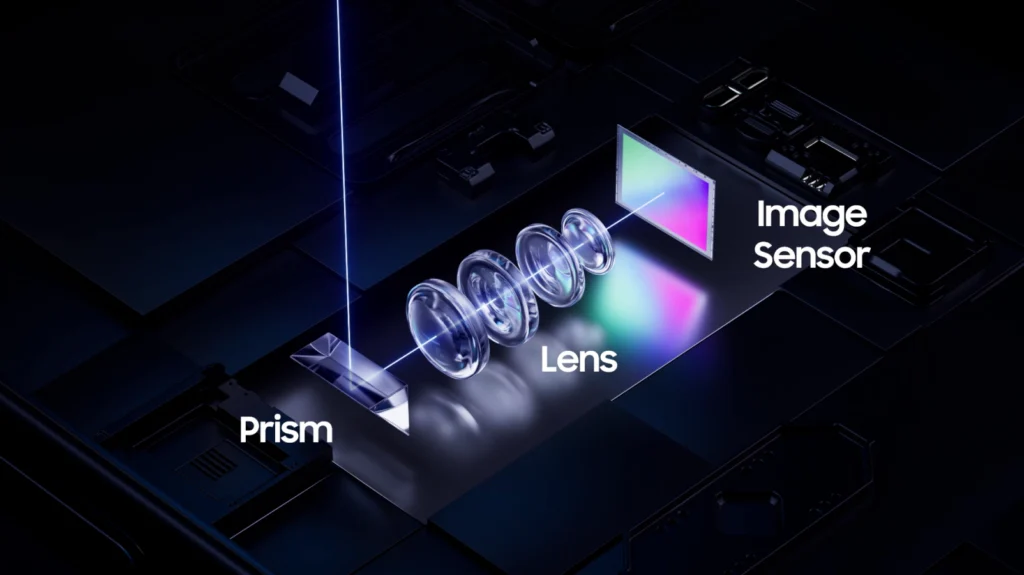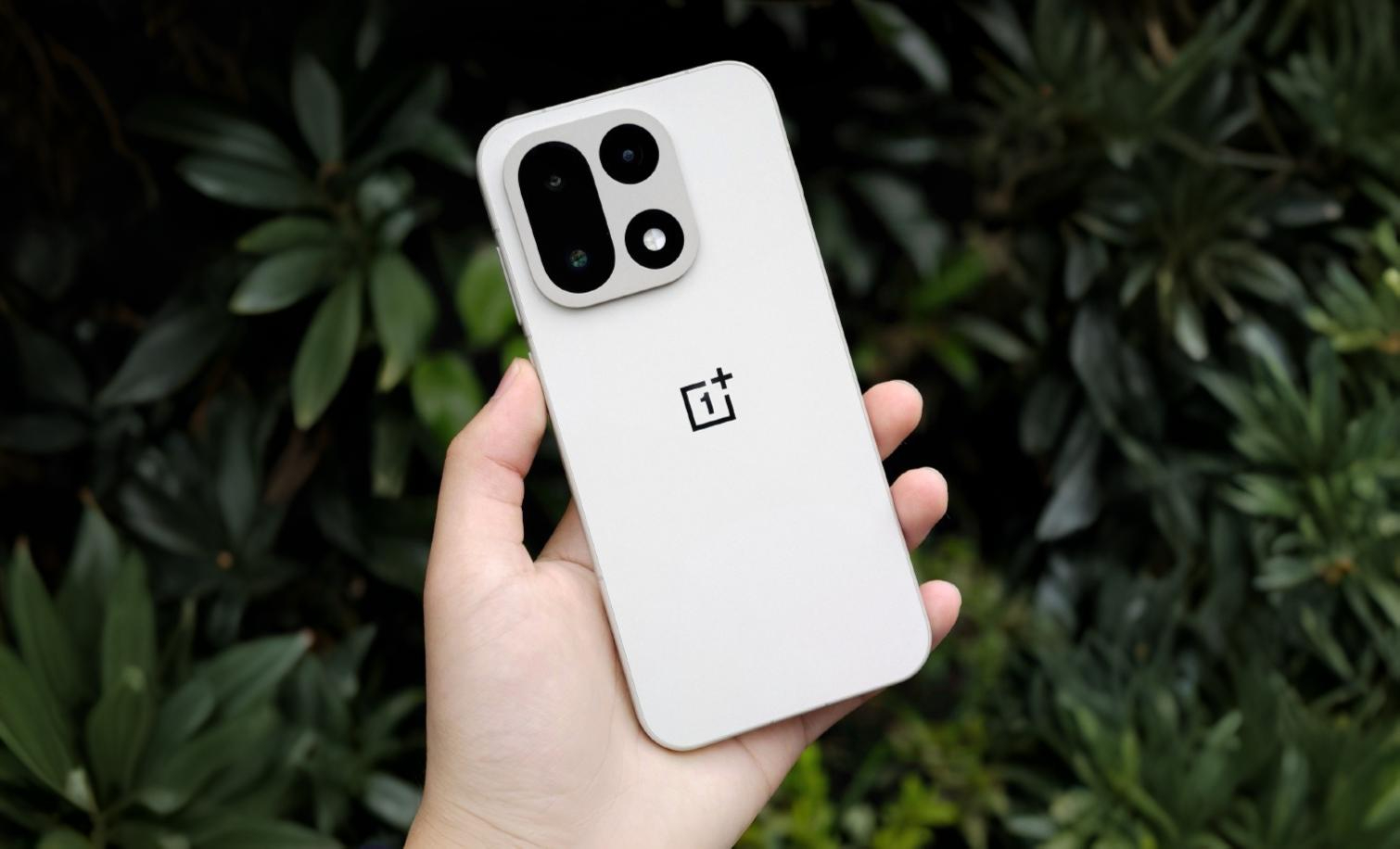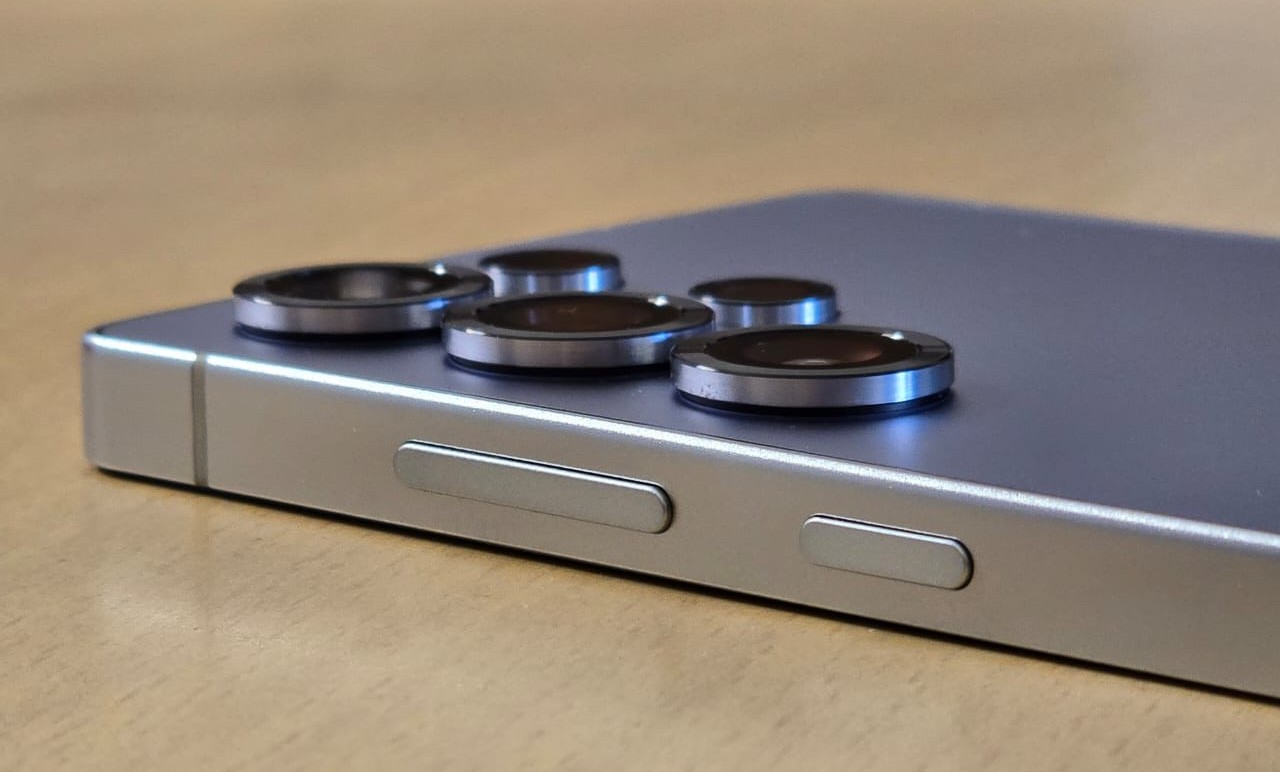Several smartphone manufacturers are working on compact flagships that don’t compromise on camera quality or battery life. While Asus has recently shifted its strategy, brands like Vivo and Oppo are reevaluating the concept. And we must admit—the Vivo X200 Pro mini is the phone many have been waiting for.

Why the shift to smaller sizes? Previously, larger form factors allowed for higher battery capacity, with thermal management being another key factor that has encouraged manufacturers to increase the size of the chassis.
The biggest issue with compact devices has finally been addressed
If you’ve been keeping up with the latest developments in the industry, you may have heard about the “Si/C” battery technology. It basically offers a higher energy density, effectively reducing the volume of the battery pack, or the space required inside the chassis. That’s how a 6.31″ phone in 2025 packs a 5,700 mAh battery.

While Samsung and Apple are yet to launch a phone with an Si/C battery (and hence it’s relatively less big of a deal for someone living in the US), it has definitely changed how the industry perceives a truly compact phone.
On the other hand, Samsung introduced its ALOP lens technology, which can reduce the protrusion of the camera module, and is expected to be used inside the Galaxy S25 Edge. The S25 Edge is rumored to use a 200MP main sensor and measure less than 6 mm in thickness.

While Samsung’s adoption of Si/C battery tech for the model is uncertain, it’s very likely that the Chinese smartphone makers will adopt the new lens tech to solve one of their long-standing problems—the protrusion of the camera module—and stand out from their competition. I’ve been observing the Chinese smartphone space and this is how it has evolved throughout the last few years.
That said, there’s still a market for compact phones and most of the Chinese smartphone makers are already working on compact flagships to make the most of the new trend.


